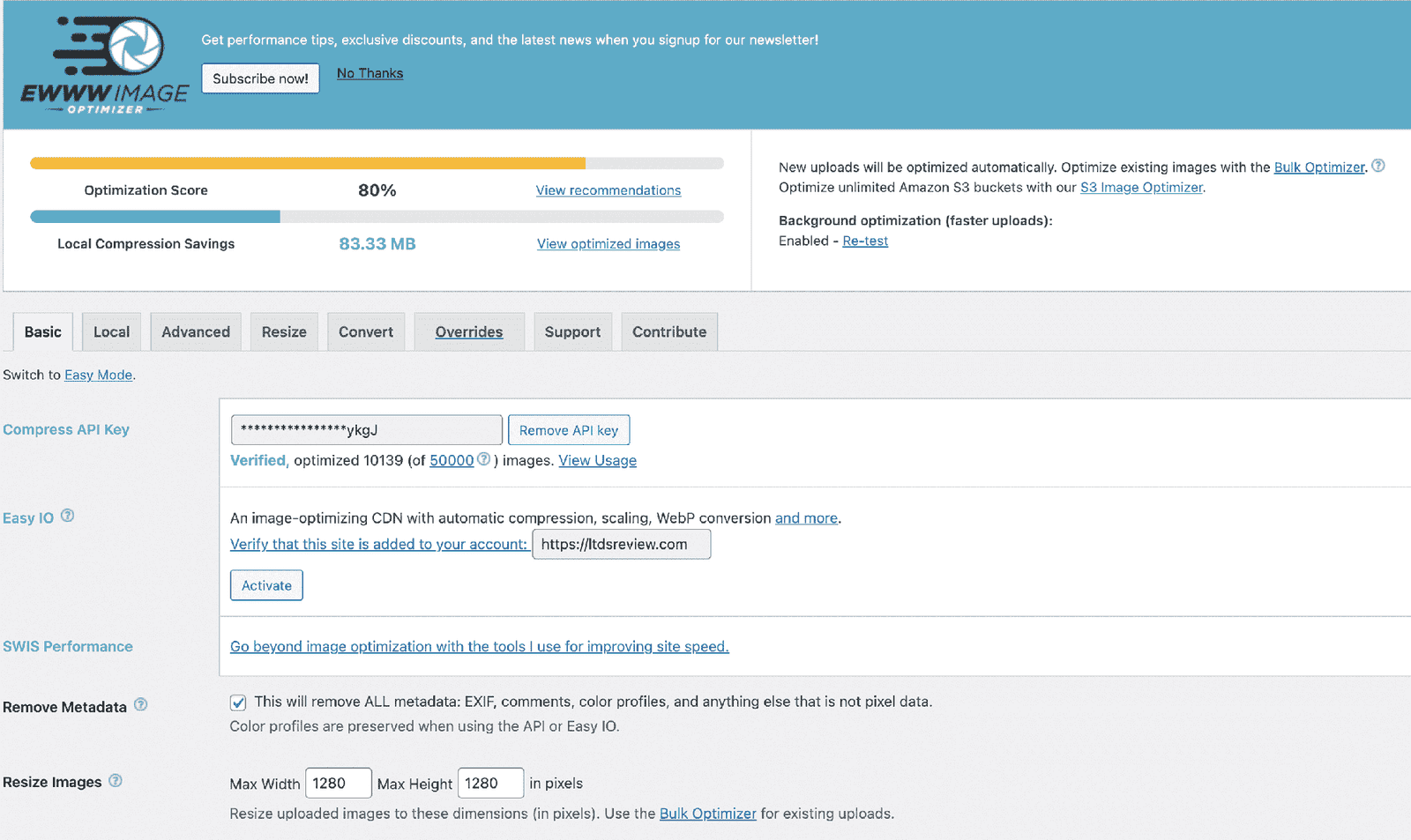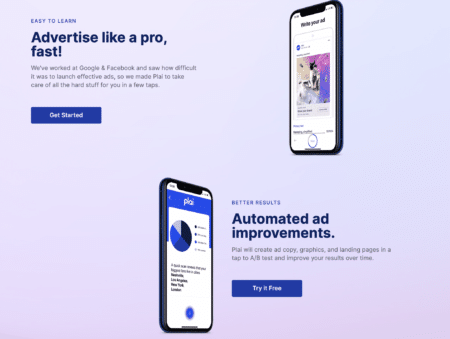An SEO content brief is the best way to do this. By taking the time to fill out a brief before starting any project, you will be able to get better and faster content that ranks highly in the search engines.
Creating an SEO content brief is key to getting better, faster content that ranks high in search engines.
Here’s what you need to include in your brief:
- Your target keywords
- Your website’s URL
- Your competitors’ URLs
- An overview of your business and target audience
- Your objectives for the piece of content
- A list of questions you want to be answered in the article
Are you a content creator looking for ways to make your SEO content briefs more efficient? Are you a digital marketer hoping to streamline the SEO content creation process?
If so, then this blog post is for you! We’ll walk through how to create an SEO content brief template that will save time and effort when creating SEO content.
What is an SEO Content Brief?

An SEO content brief is a document that provides comprehensive details on how to create content optimized for SEO.
It outlines the topics to cover, related questions to answer, audience segment, funnel stage, goal action you want your readers to take, and other important SEO details.
A well-structured content brief provides writers with an in-depth and thoroughly researched guidelines to create SEO-friendly content.
What should be included in a content brief?

A content brief should include a description of the target audience, the overall tone and style of the content, the topics to be covered, and the desired outcome.
In addition, the brief should specify the format of the content (e.g., blog post, article, whitepaper, etc.), the length of the content, the delivery date, and any other relevant details.
Sample SEO content brief template?
As a business owner, you know that SEO is essential to driving traffic to your website. But what goes into an effective SEO content strategy? How do you make sure your content is keyword-rich and search-engine-friendly?
One way to ensure your content is up to par is to use a template. A template can help you brainstorm ideas and ensure your content is well-organized and targeted.
Here’s a sample SEO content brief template to get you started:
Target keywords: What are the keywords you want to rank for? Make a list of 10-15 keywords and phrases that are relevant to your business.
SEO objectives: What do you want your content to achieve? Do you want to increase brand awareness, drive traffic to your website, or generate leads? Be specific about your goals so you can measure your success.
Target audience: Who is your target audience? What are their needs and interests? When you know who you’re writing for, you can create content that appeals to them.
Content type: What type of content will you create? Will it be blog posts, infographics, videos, or something else? Keep your audience and goals in mind when choosing a content type.
Formatting: How will you format your content? Will you use headings, bullet points, or a combination of both? Formatting makes your content easier to read and scan, so choose a format that will work best for your audience. Now that you have a template, you can start creating SEO-friendly content that will help you achieve your business goals.
How do I create a content brief for SEO?
Creating a content brief for SEO can seem like a daunting task, but it doesn’t have to be! Here are a few tips to help you get started:
Understanding Your Target Audience
An SEO content brief template is an essential tool for understanding your target audience and creating content that meets marketing goals.
It typically includes information on target keywords, audience segments, content outline, SERP features, word count, brand voice and style, internal and outbound links, SEO title, H1 and H structure, CTA, and goals and objectives.
All of these components work together to create an effective content brief that helps writers create content that is both optimized for search engine visibility and resonates with the target audience.
Defining Goals and Objectives
Creating an SEO content brief template provides writers with concise requirements and recommendations that help guide them in creating content that is optimized for search engine visibility.
The goal of an SEO content brief is to optimize content for keywords, target audience, and brand-specific details to ensure that the content resonates with readers and meets marketing objectives.
Content briefs also help writers create content that is optimized for longer-form content and multimedia, as well as for SEO purposes.
Establishing the Tone of Voice
Creating a content brief template that outlines the goals, target keyword, format, tone of voice, and other essential elements helps ensure that everyone involved in the content creation process is on the same page. When creating a content brief, it is important to identify your goals so that the right tone of voice is chosen.
Additionally, research the top-ranking pages for your target keyword to see what type of format works best for SEO content. Lastly, make sure to include clear instructions on the tone of voice you are after as this makes a big difference in creating engaging content that builds long-lasting customer relationships.
Researching Keywords and Competitors
When creating an SEO content brief, it is important to research your target audience, competitors, and keywords. Doing this research will provide insight into what keywords, content length, and style will best suit your website’s needs.
Additionally, it is important to create a URL for the future piece, as well as look into keyword tools such as Keyword Surfer and Content Template. All of these elements are essential for creating an effective SEO content brief template.
5 Best Alternatives SEO Tool For 2025
There are many SEO tools on the market that can help you research, monitor, and optimize your content for better visibility on SERPs. Choosing the right tool for your needs can be difficult, but it’s important to make sure that you choose a tool that will help you get the most out of your content marketing efforts.
Creating an Outline for Your Content
Creating an outline for your content is an essential part of creating a SEO content brief template. This outline should include keyword research, writing a first draft, notes, revisions, approval and publication.
The template should also include a SEO cheatsheet, topics, and defining the target keyword and audience. This ensures that the content is SEO friendly and helps create efficiencies when writing content.

Setting Deadlines for Content Delivery
Setting deadlines for content delivery is key to successful content production. To ensure content is created in a timely manner and meets the expected standards, it is important to be realistic and set deadlines that are achievable.
Additionally, having templates in place can help streamline the process and provide writers with clear guidelines on how to approach content creation.
Writing Guidelines for Content Creation
A well-structured SEO content brief provides writers with a comprehensive and researched guideline to create content that is optimized for search engine ranking.
It should include goals, topics to cover, related questions to answer, audience segment, goal action, ballpark length and internal brand specifics which help writers create content that is SEO-friendly and aligns with the desired marketing goals.
Determining the Type of Content Required
Creating an SEO content brief is essential for ensuring that content is optimized and structured for the right keywords and phrases around the topic.
Content briefs should include target keywords, topics to cover and related questions to answer, audience segment, goal action readers should take, ballpark length, and internal and external link opportunities.
Additionally, content briefs should also provide brand-specific details to guide writers on how to talk about the brand, the key takeaways for the readers, and how the brand fits into the overall narrative.

Including Call To Action in Your Content
Including a call to action in content can be an effective way to improve SEO, as keywords can be targeted and marketing goals can be met more easily.
SEO content briefs are designed to help writers create content that speaks to the audience, allowing for a prominent CTA at the end of the piece.
Content briefs should outline the structure and format, the primary queries to be answered, the audience segment, and the goal action desired from the readers.
Additionally, they should also provide an estimate of the ballpark length of the piece. Using this template, businesses can create an effective, SEO-focused content brief.
Defining Preferred Platforms to Publish
Creating an SEO content brief template is important in achieving successful search engine optimization. It is a document that outlines the topics, keywords, outlines, and SEO cheat sheets that need to be included in the content.
This helps to ensure that the content is written with the right keywords and phrases around the topic and provides structure to the content.
Content atomization can also be an effective content strategy as long as it does not cannibalize SEO results.
The content should also be optimized for specific keywords and should consider how visitors prefer to consume the content, such as long-form pieces.

Source: contentmarketinginstitute.com
Documenting Metrics to Measure Success
Creating an SEO content brief template is key to writing quality, informative content that matches marketing goals.
This document should detail the information needed to create the content, including topics to cover, audience, and measurement plan to track success.
A measurement plan translates top-line business objectives into metrics and dimensions, such as brand awareness, guest posts, and vanity metrics.
Having a clear and concise SEO content brief template ensures that marketers are able to document their success.
Conclusion
A SEO content brief template provides guidance for content creators and SEOs to ensure that content is optimized for the right keywords and phrases.
It should include the primary query target, topics to cover, related questions to answer, audience segment, goal action desired from readers, and ballpark length.
A good SEO content brief can make or break the success of the content and should be created with careful consideration.












![SaaS Lifetime Deals: Which Platform & Are They Worth the Investment [In 2025]? AppSumo Saas Lifetime deals](https://eebfoenrqrf.exactdn.com/wp-content/uploads/2023/08/AppSumo-Saas-Lifetime-deals-450x261.png?lossy=1&ssl=1)

![Best SaaS Sales | Everything You Need to Know in 2025 Best SaaS Sales in [current_year].](https://eebfoenrqrf.exactdn.com/wp-content/uploads/2022/12/SAAS-SALES-450x253.png?lossy=1&ssl=1)